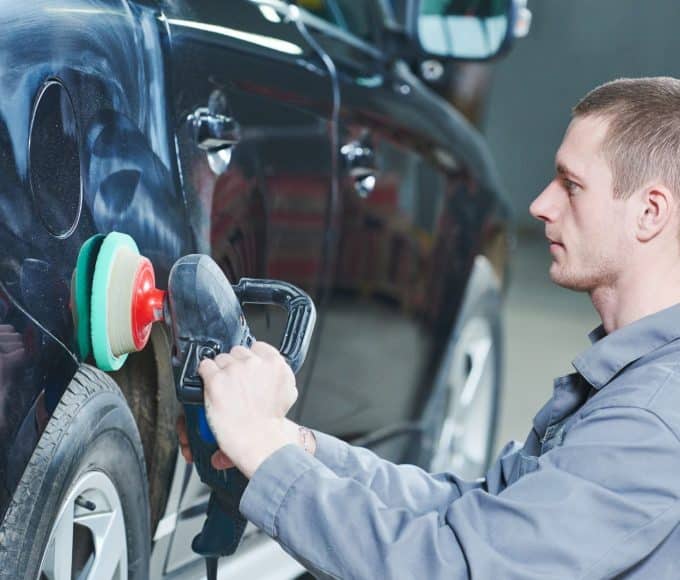As more people use electric cars for their transportation needs, it’s important to understand the intricate components that make up these innovative machines. Electric vehicles (EVs) have taken the world by storm, and this new legion of drivers should know the different parts of electric vehicles so they can drive confidently, stay safe on the road, and keep their cars in good condition.
EV Battery
At the heart of your electric vehicle lies the battery. Unlike combustion engine vehicles, EVs rely on rechargeable batteries for power. Lithium-ion batteries are known for their high energy density and long lifespan. You can charge these batteries at home or a public EV charging station.
Advancements in EV battery technology have led to fast charging options, reducing the time it takes to recharge your electric vehicle when you’re out and about.
Special Tires
Many drivers don’t think twice about their tires. However, you should read up on interesting things to know about EV tires. What sets electric vehicle tires apart from other models? EV tires have a unique tread pattern and offer even weight distribution for optimal handling on the road.
These tires meet the unique weight and torque requirements of your EV, but an unfortunate downside is they wear out faster than other types of tires.
Regenerative Braking System
Electric vehicles employ an ingenious regenerative braking system that maximizes the driving range and enhances energy efficiency. This innovative system utilizes advanced technology to harness the energy generated during braking and convert it into electricity in the battery. By repurposing this energy, EVs create an eco-friendly and economical driving experience, reducing the reliance on fossil fuels.
(Lack of) Transmission
It might surprise you that EVs do not rely on a transmission or gearbox. Electric motors are remarkable because they can operate at various speeds, eliminating the need for gear shifts. As a result, electric vehicle owners enjoy smoother driving.
The absence of gear shifts in electric vehicles brings additional benefits. EVs have simpler drivetrains than combustion engine vehicles, reducing their maintenance requirements. Furthermore, the power delivery of the electric motor contributes to a more responsive driving experience, allowing for smooth acceleration and braking.
Familiarizing yourself with the different components of your electric vehicle is exciting and practical. By deepening your understanding of how these components work, you can troubleshoot any issues that may arise with your EV. Soon, you’ll be a well-versed electric vehicle owner!
Want more car tips? Check out this post! Simple Ways To Make Your Car Drive More Smoothly















